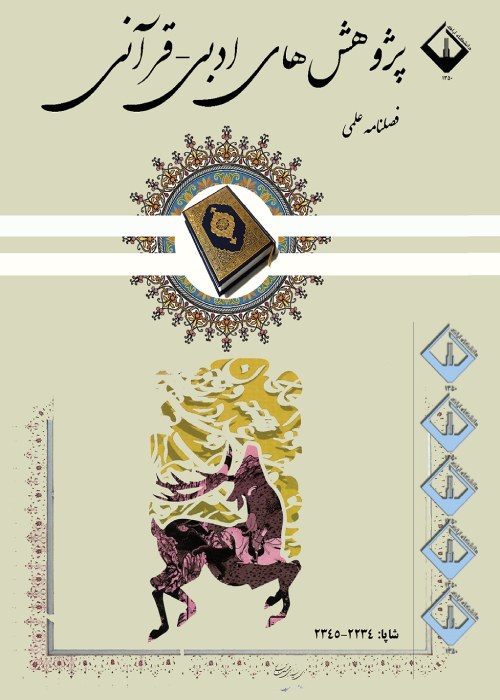The Distinction between Makki and Madani Surahs apropos Language Functions: A Study of Surhas Maryam, Ṭā ḥā, An-Nur, and Al-Ahzab Based on Roman Jakobson's Communication Model
The divine word as a text that has been presented to its audience in the process of conveying the meaning takes diverse forms depending on situational and textual contexts as well as the addressees. The condition of the receiver of messages in Madani surahs is different from that of Makki surahs. A difference that has made distinction in meanings. That said, it is possible to scientifically illuminate this distinction using new linguistic approaches. According to Jakobson’s communication theory, when the concentration of the discourse is on each one of its elements, it finds a different function. The present study aimed at comprehending the themes of ayahs from an addressing viewpoint. Considering the language functions based on Jakobson's model and with the aim of opening up a new horizon for the reception and comprehension of the Holy Qur’an and the distinction between Makki and Madani surahs, the question of the present descriptive-analytical article concerned the effect of difference in the audience and context on language functions and addressing direction. Therefore, the difference in the audience and receiver and their impact on the linguistic function of message were examined. To this end, surahs Maryam and Ṭā ḥā as Makki surahs with a clear mutual interaction in their text, and surahs Al-Nur and Al-Ahzab as Madani surahs were purposefully selected as the corpus of the study and for the explication of different types of address in a comparative manner. Given the instructional and informational feature of the persuasive function of the language, the application of this function as compared with other ones is prevalent in the Holy Qur’an particularly in Madani ayahs. The message being directed towards the subject with the characteristic of verifiability and falsifiability of the truth of the expressions, that is, the referential function of language, was another widely used role among the ayahs in question. Much of the address in these surahs are indirect sermons for the servants, and God conveys the message to all the audience through the words of His prophets.
- حق عضویت دریافتی صرف حمایت از نشریات عضو و نگهداری، تکمیل و توسعه مگیران میشود.
- پرداخت حق اشتراک و دانلود مقالات اجازه بازنشر آن در سایر رسانههای چاپی و دیجیتال را به کاربر نمیدهد.


